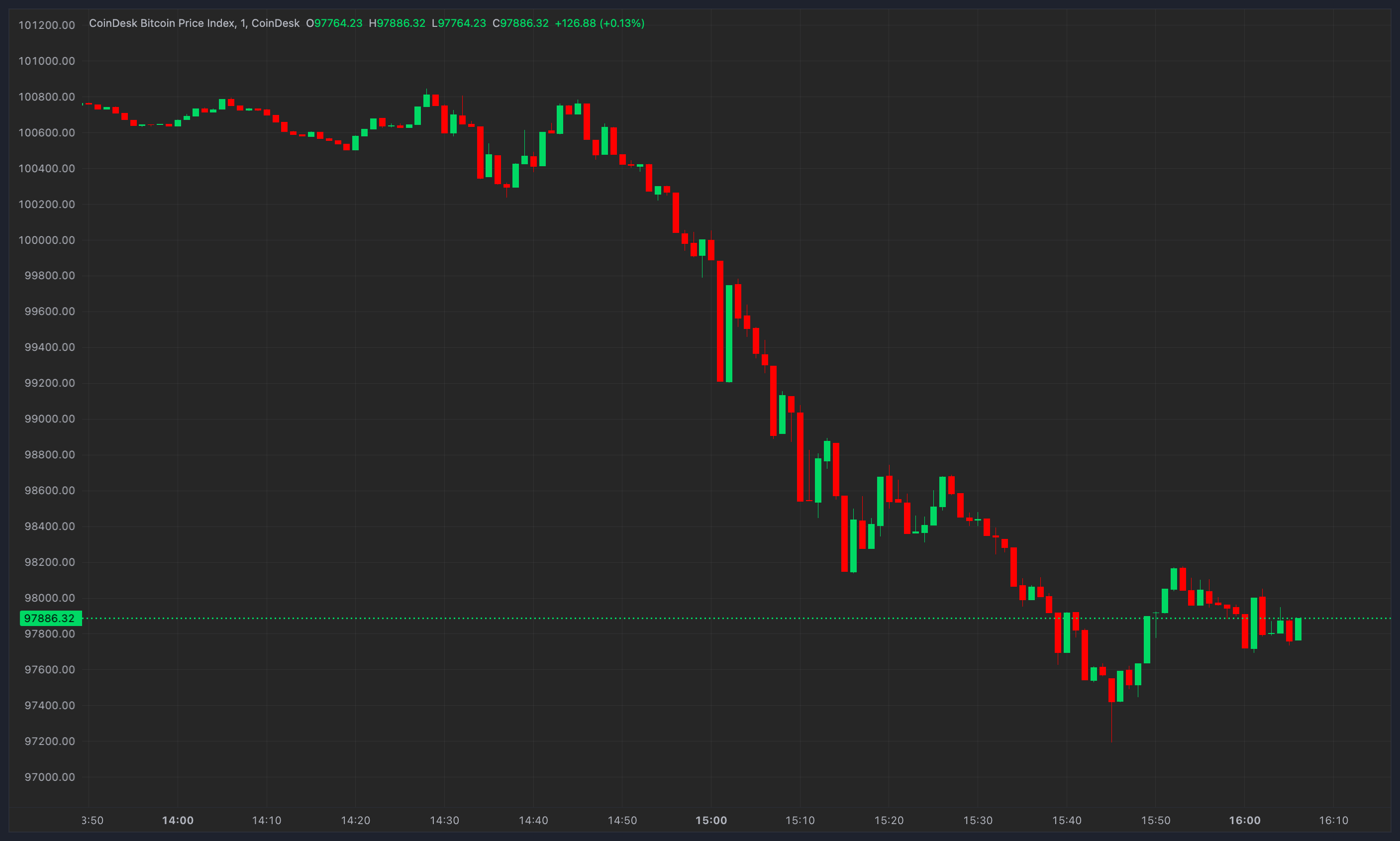It’s hard to imagine a world untethered from your cellphone. Unless you work for Nokia.
The telecommunications giant sees the metaverse becoming an all-consuming technology at the end of this decade, replacing smartphones as the primary form of communication.
“Our belief is that this device will be overtaken by a metaverse experience in the second half of the decade,” said its chief strategy and technology officer, Nishant Batra, as he clutched his phone during a recent visit to North Texas.
To a large extent, it will be up to the Finland-based company’s 1,700 employees working in the Cypress Waters development to turn that ambitious goal into a reality.
Nokia traces its Dallas-area roots to the 1950s. The company now leases 250,000 square feet of space at the sprawling corporate development not far from Dallas/Fort Worth International Airport.
Famously known for developing the first fully automatic cellular phone system, Nokia has since grown into a full-blown technology company, developing facial recognition used at some airports or assisting electric utilities in keeping the grid secure. Seven of the major electric grids in the United States are powered by the company’s networks.
Nokia brought in more than $21 billion in sales last year, operating in more than 130 countries with a workforce that totals close to 88,000. To pull off the big plans, Nokia expects to make new hires in North Texas in coming years as the metaverse gains adoption.
In simplest terms, it’s the next generation of technology that will shape our daily lives.
Sukumaran Nair, distinguished professor at Southern Methodist University and director of the college’s AT&T Center for Virtualization in Dallas, said the metaverse can be thought of as a compilation of new technologies assembled in one bucket.
“One way to define this is an extension of AR and VR with potential for real-time data collection from different parts of the internet,” said Nair, referencing augmented reality and virtual reality technology, the typical mental pictures of the metaverse — handhelds, headsets, glasses.
Extending the technology’s use could mean a lot of different things for a variety of industries. It could involve everything from expanding how the internet is used to developing new ways to learn skills.
The concept of the metaverse may seem fairly recent, gaining traction in recent years when social media platform Facebook rebranded to Meta. Founder Mark Zuckerberg wanted the influential company to focus on the next digital frontier, the metaverse.
But the metaverse isn’t new, Nair said. In the 1992 novel Snow Crash, writer Neal Stephenson coined the term metaverse, where humans would interact with each other and software in a 3D space that uses a metaphor of the real world.
An often-used phrase in the metaverse world is “digital twins.” Think of them as virtual representations of an object or system that spans its lifecycle, is updated with real-time data, and uses simulation, machine learning and reasoning to aid decision-making, according to research firm IBM.
When Nokia thinks ahead to 2030, the landscape is a lot different from what reality is today.
The company sees three main influences in how that world takes shape: socioeconomics and geopolitics; technology, and what users need at any given time. Framing Nokia’s vision are enabling concepts: human augmentation and digital-physical fusion.
Human augmentation refers to technology enabling people to interact with the digital world, or devices such as virtual reality headsets and augmented reality glasses. But in the future, Batra said, the interface will be much more personalized and unique.
Digital-physical fusion deals with real-world objects, systems and processes that are represented in the digital world.
In the consumer metaverse, revenue from virtual spaces where people interact will be reliant on consumer appeal. Monetization will be fragmented, with growth into 2026, according to Nokia’s estimates. Success will come if there’s buy-in for multiple uses, such as gaming, social interactions and virtual travel, Batra said.
“Widespread adoption of the technology from both corporations and consumers will be critical for it to really take off, and this will also depend on the availability of affordable, ergonomic wirelessly connected VR and AR devices,” Batra said.
The enterprise metaverse, which includes both offices and schools, is filled with such things as simulations and infinite workspaces and will evolve based on how much value businesses get from it. One way to think of the potential is what Batra calls a “digital drafting table of architecture and engineering firms.”
Nokia sees metaverse-inspired innovations in devices and solutions as a growth opportunity for business.
In the industrial metaverse, digital twins and simulation could be put to use in factory production lines or mining operations. Industrial machinery jobs could be taught by working with a virtual reality headset.
Batra points to how aerospace companies are building engines and fuselages in the digital world to simulate exactly how an aircraft will fly, and factories, including Nokia’s own, exist just as much in the digital world as they do in the physical.
Next-gen technology is put to use every day in Nokia’s Cypress Waters offices. Virtual reality headsets are available that users can try on to explore or work in the metaverse. There’s a green screen room where users can be placed inside such locations as a coal mine, where technology can detect whether someone is wearing safety gear.
Batra said one example of how the metaverse could benefit business is in infrastructure, helping engineers to better understand traffic patterns, wear and tear over time, and how to make roads safer.
By 2030, Nokia envisions a 6G world that ushers in such advanced technology as computer vision, bio sensors, digital twins and immersive AR and VR. That evolution also will create more potential entry points for attackers.
Nokia is preparing for that, too, Batra said. Nokia launched a cybersecurity lab in Coppell, Texas, in May in what it hailed as the first U.S.-based end-to-end lab to take 5G protection to the next level.
Dallas-based Match Group acquired a South Korean social networking start-up, Hyperconnect, for $1.7 billion in April that lets users create relationships in a virtual setting.
Retail giant Walmart moved into the metaverse through gaming experiences on Roblox that are dubbed “Walmart Land” and “Walmart’s Universe of Play.” Walmart Land features fashion, beauty and entertainment items, while Walmart’s Universe of Play showcases toys.
Consumers also are interested in the possibilities. Trade publication MarTech Today reported on what consumers want most in a metaverse experience:
-
68% want to experience music.
-
53% shopping and virtual stories.
While getting to Nokia’s future world will take time and education, Batra said generations of digital natives are ready for the technology.
“The adoption of every generation is faster than the generation before, not just by a bit,” Batra said. “It’s exponentially different.”
Read More: news.google.com

/cloudfront-us-east-1.images.arcpublishing.com/pmn/BYUQPRZXPRBHJN4XABLBAGM6YY.jpg)







 Bitcoin
Bitcoin  Ethereum
Ethereum  Tether
Tether  XRP
XRP  Solana
Solana  Dogecoin
Dogecoin  USDC
USDC  Cardano
Cardano  Lido Staked Ether
Lido Staked Ether  TRON
TRON  Avalanche
Avalanche  Sui
Sui  Wrapped stETH
Wrapped stETH  Toncoin
Toncoin  Chainlink
Chainlink  Shiba Inu
Shiba Inu  Stellar
Stellar  Wrapped Bitcoin
Wrapped Bitcoin  Hedera
Hedera  Polkadot
Polkadot  WETH
WETH  Bitcoin Cash
Bitcoin Cash  LEO Token
LEO Token  Uniswap
Uniswap  Pepe
Pepe  Litecoin
Litecoin  Hyperliquid
Hyperliquid  Wrapped eETH
Wrapped eETH  NEAR Protocol
NEAR Protocol  Ethena USDe
Ethena USDe  USDS
USDS  Aptos
Aptos  Internet Computer
Internet Computer  Aave
Aave  Mantle
Mantle  Render
Render  Bittensor
Bittensor  Cronos
Cronos  POL (ex-MATIC)
POL (ex-MATIC)  Ethereum Classic
Ethereum Classic  Tokenize Xchange
Tokenize Xchange  WhiteBIT Coin
WhiteBIT Coin  Artificial Superintelligence Alliance
Artificial Superintelligence Alliance  Virtuals Protocol
Virtuals Protocol  MANTRA
MANTRA  Monero
Monero  Arbitrum
Arbitrum